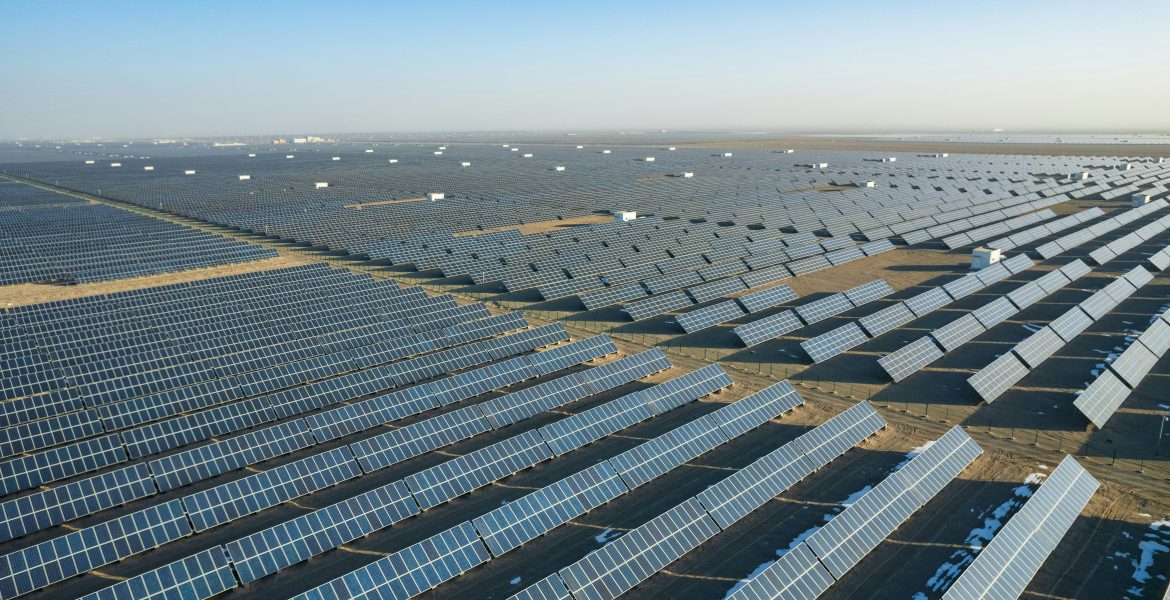Global Energy Transition: China Leads the Electrification Era

The global energy transition is reshaping markets, trade, and geopolitics. Electrification, from EVs to batteries to solar, is now a structural force rather than a policy choice. As outlined in the Scenario Outlook, this transformation is central to the emerging world order.
The New Energy Reality
Governments worldwide are pushing carbon neutrality targets. Investors are redirecting capital, and supply chains are being restructured to reduce exposure to fossil fuel volatility. Nowhere is this clearer than in China. Backed by subsidies, industrial policy, and sheer scale, Beijing has established leadership in EVs, batteries, and renewable equipment.
This strategy links directly with its broader financial diplomacy, including the RMB & Green Yuan Strategy. Together, they secure both industrial and monetary leverage in the energy transition.
Why China Leads
Chinese firms dominate global markets:
- BYD leads EV production through vertical integration and competitive pricing.
- CATL has become the world’s largest battery supplier, serving both domestic and global automakers.
- Solar and wind equipment manufacturers export globally while securing supply of lithium, cobalt, and rare earths.
In contrast, U.S. climate policy remains inconsistent, while Europe juggles rearmament and green investment. This imbalance reinforces China’s structural advantage in the global energy transition.
Risks on the Road
Overcapacity in China could squeeze margins, while tariffs from the U.S. and EU may limit exports. Technological disruption in solid-state batteries or new chemistries could reorder industry leaders. Geopolitical shocks, from sanctions to maritime disruptions, add further risk.
Note: The thesis is not simply about “green growth.” It is about how China has aligned industrial policy, commodity leverage, and currency strategy to dominate electrification.
Investment Angle
Despite risks, global demand for electrification will continue to expand. China’s dominant role offers investors both growth exposure and a hedge against fossil fuel volatility. The key is balancing portfolio size against geopolitical risk.
Stocks to Watch
| Ticker | Name | Thesis |
|---|---|---|
| 1211 HK | BYD Company Ltd | China’s EV and battery champion; vertically integrated with global reach. |
| CATL (ETF/Connect) | Contemporary Amperex Tech | World’s largest EV battery maker; serves domestic and global OEMs. |
| 975 HK | China Merchants New Energy | Renewable developer with Belt & Road exposure. |
| TBD HK | Renewables OEMs (wind/solar/grid) | Broad exposure to China’s global renewables leadership. |
| 1347 HK | Hua Hong Semiconductor | Power semiconductors enabling EVs and grid electrification. |
The Bigger Picture
The global energy transition is irreversible. For investors, China’s position as the industrial core of electrification provides long-term opportunity. This theme connects with Critical Resources and the New Commodity Leverage and China Tech Sovereignty, reinforcing its role as a structural pillar of future portfolios.
Conclusion
The global energy transition will define the next decade of economic competition. China’s dominance in EVs, batteries, and renewables positions it as the clear leader. For investors, exposure to this theme offers growth, diversification, and resilience against energy volatility.
Archives
Calendar
| M | T | W | T | F | S | S |
|---|---|---|---|---|---|---|
| 1 | 2 | |||||
| 3 | 4 | 5 | 6 | 7 | 8 | 9 |
| 10 | 11 | 12 | 13 | 14 | 15 | 16 |
| 17 | 18 | 19 | 20 | 21 | 22 | 23 |
| 24 | 25 | 26 | 27 | 28 | 29 | 30 |